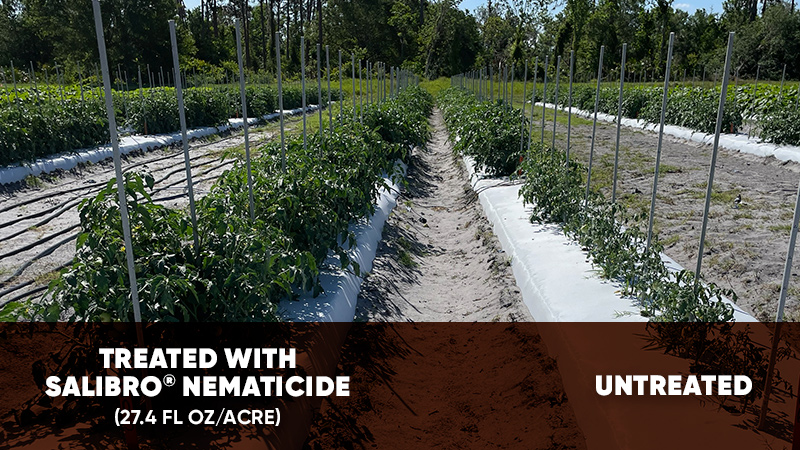The ancient Greeks recognized the four basic “elements:” Earth, Wind, Fire, and Water. If we bend the definitions a little, we have a remarkably apt description of the tools or “elements” of managing potatoes in storage. The first Greek element “Earth” represents the potato tubers themselves. “Wind” represents ventilation or airflow, “Fire” represents the control of temperature and finally, “Water” represents humidity. We need to keep these elements in mind as we head into the latter part of the potato production season and into the storage phase.
One of the most critical periods in potato storage is the first few days in the facility. Loads of harvested potatoes are being loaded into the storage and the tubers in these loads can be at radically different temperatures. Potatoes harvested early in the day are often cooler than those harvested later in the day. Tubers that have basked in the sun in the windrow can warm up substantially before they’re loaded and transferred to the storage.
These temperature differentials can cause problems. The difficulty here involves the physical properties of water and water vapor. It’s basic physics, but warm air can simply hold more water than cold air. When warm, moist air (heated by contact with warm tubers in the pile) comes into contact with colder tubers, the warm air gives up some of its water.
Condensation is the result. Condensation on potato tubers can provide the starting point for a number of storage disease problems including silver scurf and, in extreme cases, even bacterial soft rot.
Prevention Techniques
What can you as a storage manager do to prevent some of these problems? As you might have already guessed, about your only options are use of ventilation, temperature, and humidity. When employed together, these tools can help to manage most storage issues. Unfortunately, all three tools are not always available. While it is generally pretty easy to add moisture (raise humidity), it can be a challenge to reduce it. In the West, for instance, we often enjoy periods of very low relative humidity. This provides us with the ability to dry out a crop that is too wet and slow or eliminate the formation of condensation on tubers. Storage managers in more humid climates do not have this option.
Temperature regulation is another tool that is not always available. Ideally, we would like our potatoes to wind up at the proper temperature for the end use they are intended for. Potatoes for processing into chips or fries need to be considerably warmer than those intended for fresh use or for seed. Unfortunately, outside temperatures may not be cold enough to cool the crop for at least a part of the day during the harvest. There are storages with refrigeration, but the vast majority of us depend on the vagaries of the outside temperature for cooling or heating capability.
A crop that is too cold can be warmed with supplemental heat or can be warmed up by utilizing the “heat of respiration” which is simply the heat created by the potatoes themselves as they respire in storage. You have to be really careful when using supplemental heat that you don’t create an environment that is too low in oxygen. Low oxygen can lead to soft rot issues or even an internal defect called blackheart.
One tool that is available most of the time is ventilation. Movement of air can go a long way to minimize condensation and equalize the temperature of the potatoes in the pile. By using these three tools or “elements” in harmony, as they are available, storage managers can store and bring a quality crop to market.
New Efforts Grow To Help Protect the U.S. Avocado Industry
0
1
5
The Elements Of Potato Storage
Nolte is extension seed potato specialist, University of Idaho, Idaho Falls, ID. See all author stories here.










